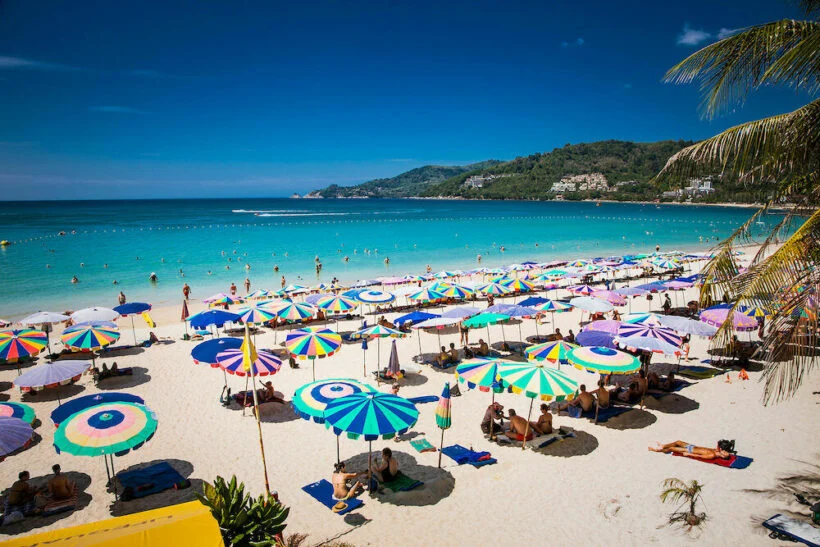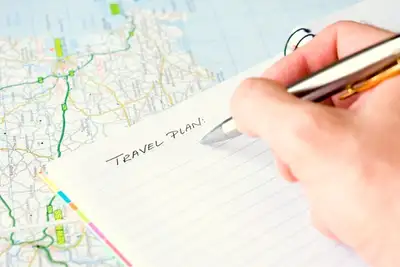Traveling during peak seasons can be both exhilarating and challenging. Peak seasons, often coinciding with holidays, school vacations, and major events, bring vibrant energy and bustling crowds to popular destinations. While this period offers unique opportunities to experience cultural celebrations and lively atmospheres, it also requires careful planning to navigate the increased demand for flights, accommodations, and attractions. During these times, travelers face higher prices, longer wait times, and crowded venues. However, with thoughtful preparation and flexible strategies, you can enhance your travel experience and make the most of your trip. From booking early to choosing less crowded destinations, understanding how to manage your travel during peak seasons can transform potential stress into unforgettable adventures.
Planning ahead is crucial when traveling during peak seasons. Flights, accommodations, and popular attractions tend to book up quickly, and prices often rise as the date approaches. To avoid last-minute stress and disappointment, it’s essential to secure your reservations as early as possible. Booking in advance not only ensures that you have a spot at your chosen destination but also allows you to lock in better rates before they increase. Early planning provides a broader range of options for flights, accommodations, and tours. You’ll have the luxury of choosing from a variety of airlines, hotel rooms, and tour packages, rather than settling for whatever is left as the date draws near. This flexibility can be particularly valuable during peak travel times when popular spots fill up fast.
In addition to the practical benefits of early booking, it also gives you ample time to research and plan your itinerary. You can take advantage of special promotions or discounts, secure reservations for must-see attractions, and build a well-organized travel plan that maximizes your time and budget. Early booking can also help you avoid the hassle of dealing with sold-out dates and last-minute price hikes, allowing you to focus on enjoying your trip. Furthermore, planning ahead gives you the opportunity to address any potential travel issues before they arise. You can apply for necessary visas, arrange transportation, and review local travel advisories well in advance. This proactive approach helps ensure that your travel experience is as smooth and enjoyable as possible, even during the busiest times of the year.
Flexibility can be a game-changer when it comes to traveling during peak seasons. If you have the ability to adjust your travel dates, it’s wise to avoid the busiest times, such as weekends and major holidays, when prices are higher and crowds are at their peak. By opting for midweek flights, you can often find more availability and lower fares. Additionally, traveling during off-peak hours—such as early mornings or late evenings—can help you steer clear of the busiest periods at airports and popular tourist spots. Choosing non-traditional travel times can significantly impact both your experience and your budget. For instance, flying on a Tuesday or Wednesday can lead to cheaper airfare compared to the more common weekend departures. Similarly, avoiding the traditional holiday periods and planning your trip for the shoulder season (the period just before or after peak times) can provide a more relaxed and enjoyable experience with fewer crowds and better rates.
Flexibility in your schedule also extends to accommodations and activities. By adjusting your travel dates, you may be able to book a stay at a preferred hotel or resort that is fully booked during peak times. Moreover, you’ll have a better chance of securing reservations at popular restaurants and attractions, which are often fully booked well in advance during busy periods. Another advantage of flexibility is the ability to take advantage of last-minute deals or promotions. Travel companies often offer discounts on flights, hotels, and tours as the date approaches, particularly for less busy times. By being open to adjusting your plans, you can capitalize on these opportunities and enjoy a more affordable trip.
Peak seasons often bring longer lines and extended wait times at popular attractions, which can dampen the excitement of your trip. To optimize your visit and make the most of your time, it’s essential to plan your itinerary strategically. Scheduling visits to major sites during early morning or late afternoon hours can significantly reduce your time spent waiting in line and allow you to enjoy the attractions with fewer crowds.
Many popular attractions offer early access or special hours specifically designed to accommodate visitors who prefer to avoid the peak crowds. By taking advantage of these options, you can experience the sites with a more relaxed pace and fewer interruptions. Early morning visits often provide a quieter, more serene experience, while late afternoon times can offer cooler temperatures and a different perspective as the day winds down.
Navigating busy airports and crowded streets becomes significantly easier with lighter, well-organized luggage. Packing only the essentials not only reduces the physical burden of carrying heavy bags but also simplifies the process of moving through busy travel hubs. By focusing on what you truly need, you can avoid the complications and delays associated with excess baggage. Consider using a carry-on bag instead of checked luggage. A carry-on allows you to keep all your belongings with you, reducing the risk of lost or delayed baggage. It also eliminates the need to wait at the baggage claim carousel, which can be time-consuming and stressful, especially in crowded airports.
When packing your carry-on, prioritize organization. Use packing cubes or organizers to keep your items neatly arranged and easily accessible. This approach not only maximizes space but also helps you quickly find what you need without having to dig through a disorganized bag. Keeping essential items such as travel documents, medications, and electronics within easy reach can streamline your journey through security checks and ensure that you have everything you need readily available. Additionally, packing light can make it easier to maneuver through crowded streets and public transportation. A smaller, lighter bag is less cumbersome and allows you to move more freely, which is especially beneficial when navigating through busy tourist areas or tight spaces.









